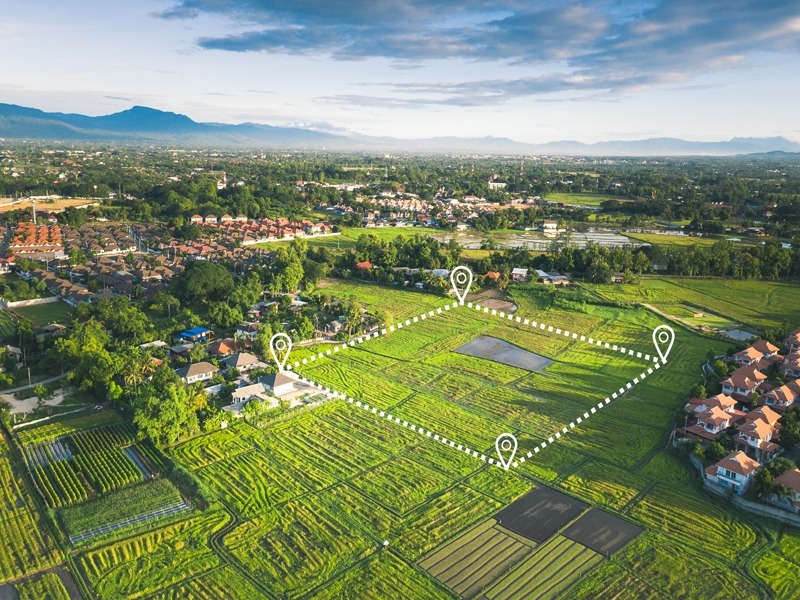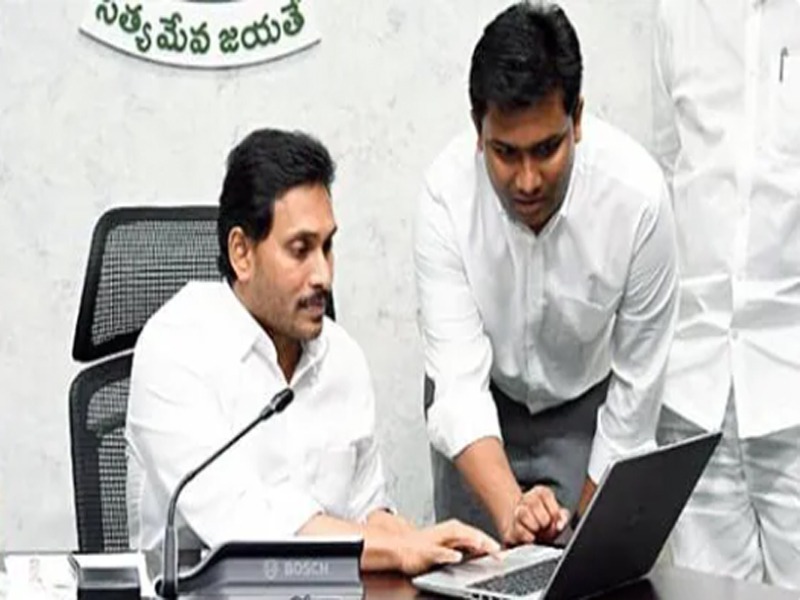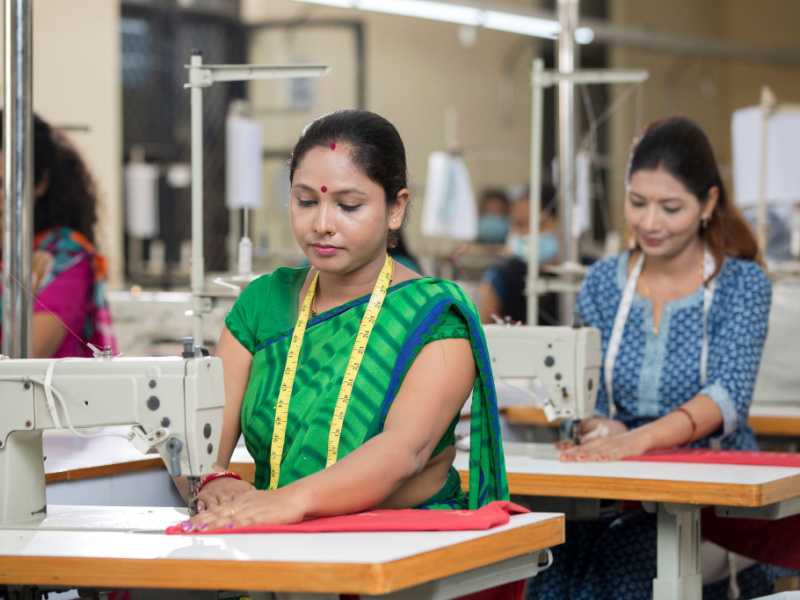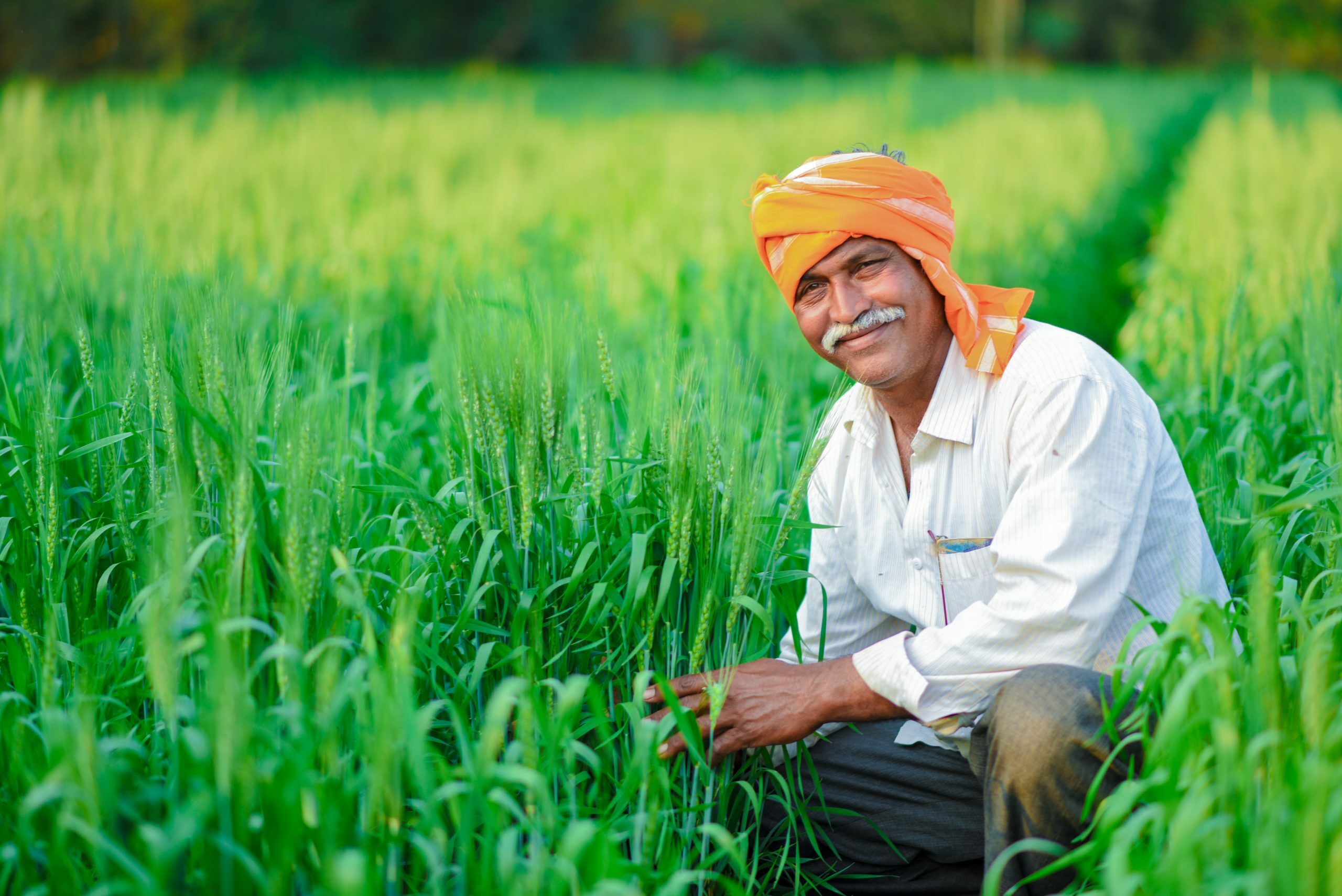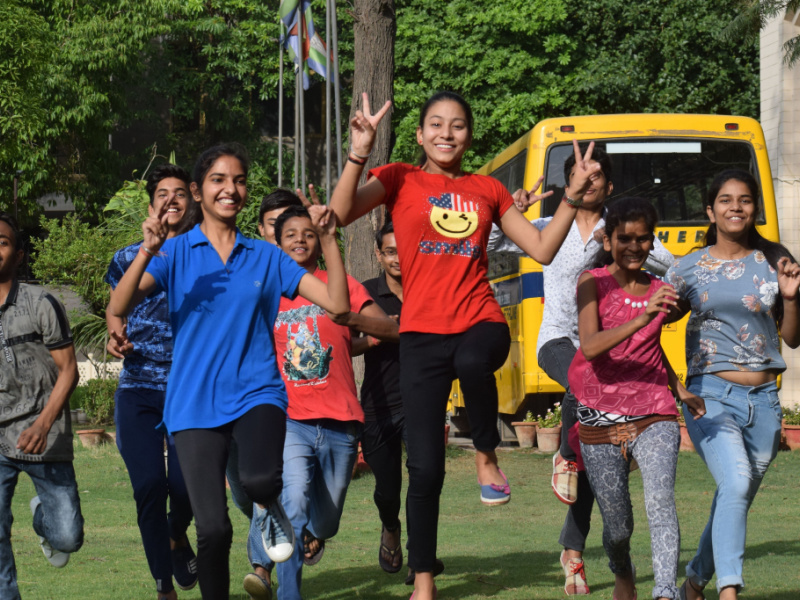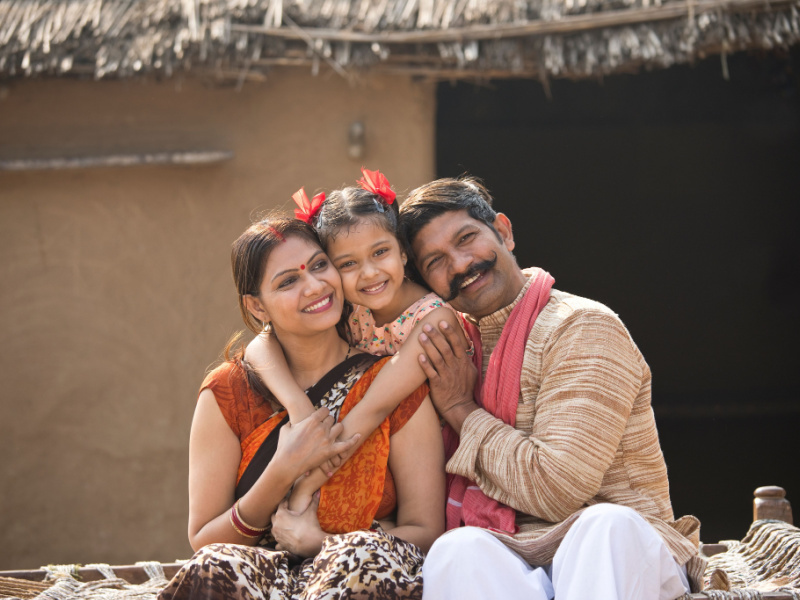
Background Information:
Scheduled Castes (SCs), which make up 16.6% of our population according to the 2011 Census, have a long history of social and educational disadvantages, as well as economic distress. As a result, special provisions in the Constitution have been incorporated to develop their interests. These provisions range from measures to remove any social limitations imposed on them to promote equality of opportunity in all spheres to positive discrimination measures to bring them up to par with the rest of the population.
Article 46 of the Constitution’s Part IV (“Directive Principles of State Policy”) directs the state to support the educational and economic interests of the poorer parts of society, particularly the Scheduled Castes and Scheduled Tribes.
In the same Part, Article 38 (2) mandates the state to reduce income disparities and strive to eliminate inequalities in status, facilities, and opportunities among individuals and groups of persons living in various places or working in different occupations.
As a response, the government has adopted a variety of steps to help SCs develop, which have yielded excellent results and helped close the gap between SCs and the rest of the population. On the other hand, most SC welfare initiatives have generally concentrated on individual beneficiaries rather than the coordinated development of SC districts.
A new scheme known as the Pradhan Mantri Adarsh Gram Yojana (PMAGY) was introduced on a pilot basis during 2009-10 after the Finance Minister announced it in his Budget Speech on 6.7.2009 to enable an area-based development approach. The project aims to integrate the development of villages with a population of more than 50% Scheduled Castes. One thousand villages from Tamil Nadu (225), Rajasthan (225), Bihar (225), Himachal Pradesh (225), and Assam were included in the pilot phase (100). The States received a total of Rs. Two hundred one crores during this phase. In all 1000 villages, Adarsh Gram has been established. In addition, PMAGY was expanded (Phase-I) to cover another 1500 villages across 11 states in 2014-15, including Andhra Pradesh (7), Assam (75), Chhattisgarh (175), Jharkhand (100), Haryana (12), Karnataka (201), Madhya Pradesh (327), Odisha (175), Punjab (162), Telangana (6), and Uttar Pradesh (100). (260). The funding for these villages began in March 2015 and will last until 2019-20. As part of the Central Share, $346.85 million was released to the states. As a result, the states have designated one hundred forty-nine villages as Adarsh Gram, with the remaining villages set to be defined as Adarsh by March 31, 2021.
The Scheme’s Expansion:
In 2018-19, it was decided to expand Phase-II of the Scheme due to the benefits accruing to the residents of the villages due to the scheme’s excellent implementation. Plan to include other towns. All districts with villages with 500 people and more than 50% of people belonging to the Scheduled Castes are considered. It is proposed that villages from each of these districts be chosen to implement the scheme in this new phase in descending order of the SC population. By the end of 2014-25, the Indian government intends to cover all 26968 eligible villages.
Guidelines for Scheme Revision:
The scheme mentioned above was amended to capture the Gaps in crucial socio-economic ‘Monitorable Indicators’ as part of several sectors/domains to ensure that the selected villages may truly become ‘Adarsh Grams.’ They include water and sanitation, education, health and nutrition, agricultural best practices, and others. A Need Assessment exercise identifies needs or gaps about the ‘Monitorable Indicators.’ The data gathered during the Need Assessment exercise was used to create the ‘Village Development Plan’ (VDP). To ensure that all people of the village, particularly those from Scheduled Castes, have access to the bare minimum of infrastructure and critical services, the scheme is heavily reliant on collaboration with other Central and State Government programmes. PMAGY provides a platform for the concurrent implementation of other Schemes to achieve saturation across multiple domains.
While most of the funds required for implementation are projected to come from other Central or State Government programmes, the scheme would provide ‘gap-filling’ monies for those locations that do not meet the requirements.
The Scheme’s Objectives are as follows:
The goal of this scheme is to ensure integrated development of chosen communities with a population of more than 50% SC, including, but not limited to:
(a) Adequate Infrastructure: Under the Scheme, all required infrastructure for socio-economic growth will be supplied.
(a) Indicators of socio-economic progress the identified socio-economic indicators, known as Monitorable Indicators, will be enhanced to remove the discrepancy between the SC and non-SC populations and raise the level of indicators to at least that of the national average. To be more specific, all BPL SC households should have food and livelihood security, all SC children should have at least a secondary education, all factors contributing to maternal and infant mortality should be addressed, and the rate of maternal and infant mortality should be reduced.
The scheme’s funding is as follows:
The scheme gives a total of Rs. 21 lakhs for each new village selected, of which Rs. 20.00 lakh is for the ‘Gap-filling’ component and Rs. 1.00 lakh is for ‘administrative expenses in the ratio of 1:1:1:2 at the Centre, State, District, and Village levels.
The Scheme Guidelines discuss ‘financing’ and ‘money flow’ in paragraphs 9 and 10. The State Government/UT Administration shall initially disburse the total permissible amounts under ‘Administrative Expenses’ to the District Administrations for capacity building, administrative expenses, awareness generation, and the implementation of non-cost-based initiatives.
Following that, once their DLCC approves the VDP of the selected villages, the State Government would release the total allowable funds under the ‘Gap-filling’ component, i.e., Rs.20.00 lakh per village, to the District Administration so that the planned works can be completed without delay.
Monitoring the Project:
The scheme calls for the formation of multiple levels of committees to provide advice, oversight, and execution. These Committees, especially the Convergence Committees at the Village, District, and State levels, are crucial to the implementation as they would assess the requirements and plan and execute the works/services needed to be undertaken under various Schemes for the healthy development of the villages.
The Government of India has built a well-defined structure for the Scheme’s Planning, Implementation, and Monitoring. A website has been launched with the capability of collecting household-level data, assessing village needs, prioritizing works, developing the Village Development Plan, and monitoring the scheme regularly. The website’s address is https://pmagy.gov.in.
The covered area under the scheme:
The scheme is currently implemented in five Indian states: Assam, Bihar, Uttar Pradesh, Rajasthan, and Tamil Nadu.
The system will be examined for deployment on a broader scale based on the pilot phase results.













